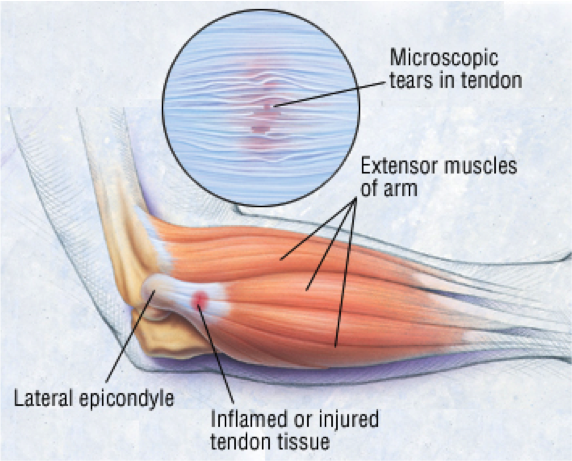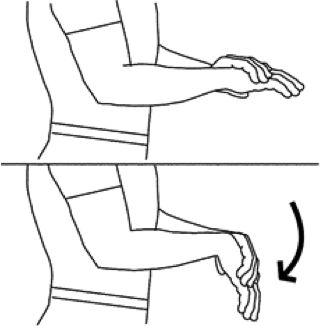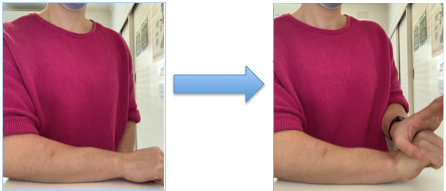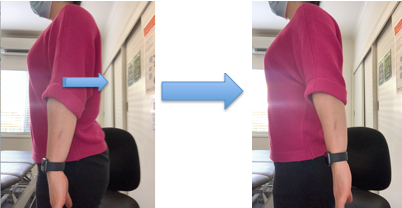Tennis Elbow – in the non-tennis playing individual!
What is tennis elbow?
Are you someone suffering from pain on the outside of your elbow and Dr Google is telling you that you have tennis elbow, despite never touching a tennis racquet in your life? Tennis elbow, otherwise known as lateral epicondylalgia, is an overuse injury affecting the outside of your elbow resulting in pain, tenderness and substantial limitations in functionality of the upper extremity.
Clinically tennis elbow presents as pain that is aggravated with repeated movements of the elbow or wrist, pain with lifting and decreased or painful grip strength.
Lateral epicondylalgia commonly affects those in office jobs, construction/repair, cleaners and healthcare workers and is associated with repetitive bending and straightening of the elbow joint for more than 1 hour per day.
In greater depth lateral epicondylalgia is both a load related and systemic based condition that ch
aracteristically has an acute inflammatory stage and a chronic degenerative stage. Lateral epicondylalgia affects the extensor carpi radialis brevis tendon and occurs when there is weakness and decreased capacity of the tendon to manage loads resulting in micro tearing within the tendon. This micro tearing further reduces the tendons capacity and elicits a pain response with in our body such that activities of daily living such as picking up a coffee cup can be sufficient enough to trigger pain.
Lateral epicondylalgia often goes hand in hand with a mild degree of shoulder girdle weakness. When using our arms for day to day activity we require a transfer of energy along the chain from shoulder to elbow to wrist – in tennis elbow a weakness in the shoulder leads to an increased demand on the elbow and wrist and hence an overload as discussed above.
The good news is that tennis elbow is generally self limiting meaning that within 6-12 weeks you are like
ly to experience significantly less pain, improved functionality and healing of the underlying tissues.

So how can treatment help?
Treatment of tennis elbow may involve soft tissue massage, joint mobilisation/articulation and mild or gentle stretching in combination with strengthening exercises to prevent reoccurrence. The goal of treatment is to reduce the duration of symptoms and associated disability. Treatment is thought to stimulate mechanoreceptors, which in return inhibits or blocks pain signals from nociceptors reaching the brain.
Your practitioner may also suggest a brace or assist you with taping techniques of the elbow to increase your function. Taping/bracing plays a role by placing tension at point on the muscle distally to irritated/damaged tendon site promoting healing of the damaged area.
In some cases injection of cortisone may be indicated however there is research to suggest that injection may lead to poorer long term outcomes in function and movement.
Getting started – What can I do from home?
The best thing you can do to help yourself is to rest from aggravating loads – this may include avoiding repeated wrist, forearm or elbow movements. It is important not to avoid all upper limb movement as this may further decrease the ability of your tendon to load! When completing movement or exercise it is important to take note of your pain levels – if what you are doing is increasing your pain rating by more than 1/10 it is advisable to stop that activity/exercise where feasible.
Caution should be taken with stretching, as overstretching may further increase tension/load on tendon and influence the pain response – when stretching the extensor muscle group you should complete this with your elbow bent at 90 degrees and stop if pain persists. The use of ice (cryotherapy) may be of benefit in reducing the inflammatory response and assist in reducing the acutely painful elbow.
Exercises that may be beneficial in reducing pain and improving the overall function are outline below:

1. Isometric wrist extension
• Start in a seated position with your forearm resting on a table and your palm facing down.• Place your other hand on the back of your affected hand.
• Attempt to lift your affected wrist up, whilst resisting the movement with your good hand (Ensure you keep your forearm in contact with the table.)
• Hold this position for 10 seconds
• Repeat 10 times, 3 times through with a 60 second rest between sets.

2. Scapular retraction
• Start in a standing position with your arms by your side and palms facing backwards.
• Gently push your hands backwards and feel a gentle squeeze between your shoulder blades (Ensure you keep your shoulders away from your ears)
• Hold this position for 2 seconds and slowly return to starting position
• Repeat 10 times, 3 times through with a 60 second rest between sets.
We encourage you to consult a health care practitioner if your pain persists or for more personal advice and advanced care of tennis elbow.

